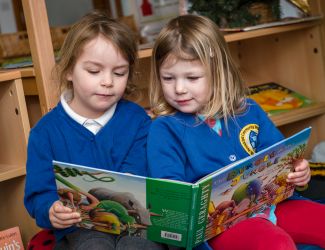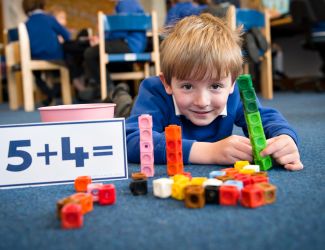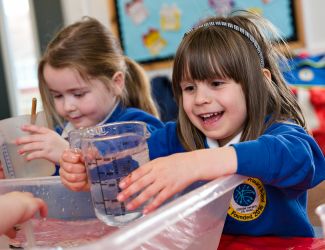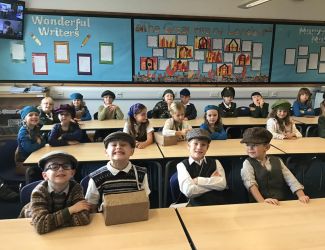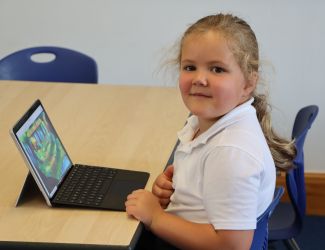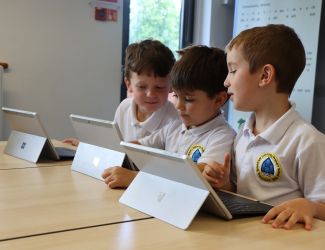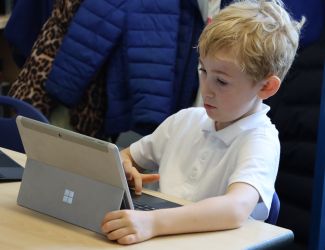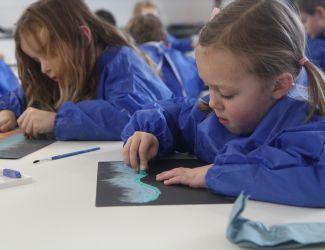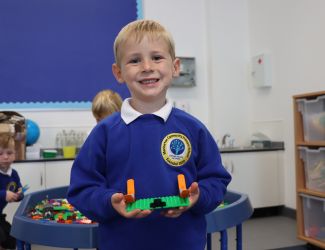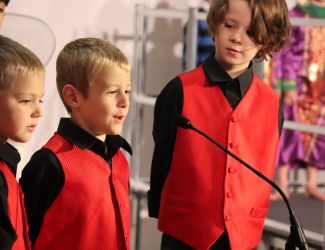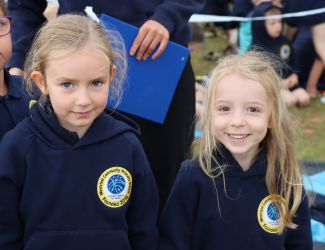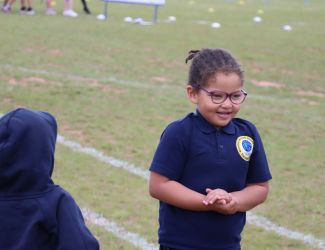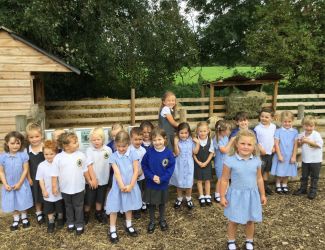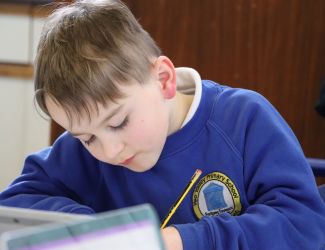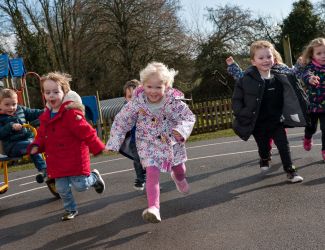Year 1 Maths Curriculum
Children will be taught the strands of maths; Number and Place Value, Addition and Subtraction, Multiplication and Division, Fractions, Algebra, Measurement, Properties of Shape and Position and Direction. Within this they will be taught a range of mathematical skills as well as real life maths and investigative maths where the children apply their mathematical learning in a range of contexts and situations.
Number and Place Value
- To count to and across 100, forwards and backwards, beginning with 0 or 1, or from any given number
- To count, read and write numbers to 100 in numerals; count in multiples of twos, fives and tens
- Identify one more and one less when given a number
- Use the language of: equal to, more than, less than (fewer), most, least
- Identify and represent numbers using objects and pictorial representations including the number line
- Read and write numbers from 1 to 20 in numerals and words.
Addition and Subtraction
- Represent and use number bonds and related subtraction facts within 20
- Add and subtract one-digit and two-digit numbers to 20, including zero
- Read, write and interpret mathematical statements involving addition (+), subtraction (-) and equals (=) signs (appears also in Written Methods and Mental Calculation)
- Solve one-step problems that involve addition and subtraction, using concrete objects and pictorial representations, and missing number problems
Multiplication and Division
- Solve one-step problems involving multiplication and division, by calculating the answer using concrete objects, pictorial representations and arrays with the support of the teacher
- Make connections between arrays, number patterns, and counting in twos, fives and tens.
- Use mental methods to solve simple problems explaining methods and reasoning orally (eg doubling/halving)
Fractions (including Decimals and Percentages)
- Recognise, find and name a half as one of two equal parts of an object, shape or quantity
- Recognise, find and name a quarter as one of four equal parts of an object, shape or quantity
Measurement
-
Compare, describe and solve practical problems for:
- Lengths and heights [e.g. long/short, longer/shorter, tall/short, double/half]
- Mass/weight [e.g. heavy/light, heavier than, lighter than]
- Capacity and volume [e.g. full/empty, more than, less than, half, half full, quarter]
- Time [e.g. quicker, slower, earlier, later]
-
Measure and begin to record the following:
- Lengths and heights
- Mass/weight
- Capacity and volume
- Time [hours, minutes,seconds]
- Suggest suitable standard or uniform non-standard units and measuring equipment to estimate, then meas-ure a length, mass or capacity
- Recognise and know the value of different denominations of coins and notes
- Sequence events in chronological order using language (eg before, after, next, today, yesterday, tomorrow, morning afternoon, evening)
- Recognise language relating to dates, including days of the week, weeks, months, years
- Tell the time to the nearest hour and half past the hour
Geometry
- Recognise the name of common 2-D and 3-D shapes
- Use everyday language to describe properties and positions of 2D and 3D shapes
- Describe position, direction and movement, including whole, half, quarter and three quarter turns

